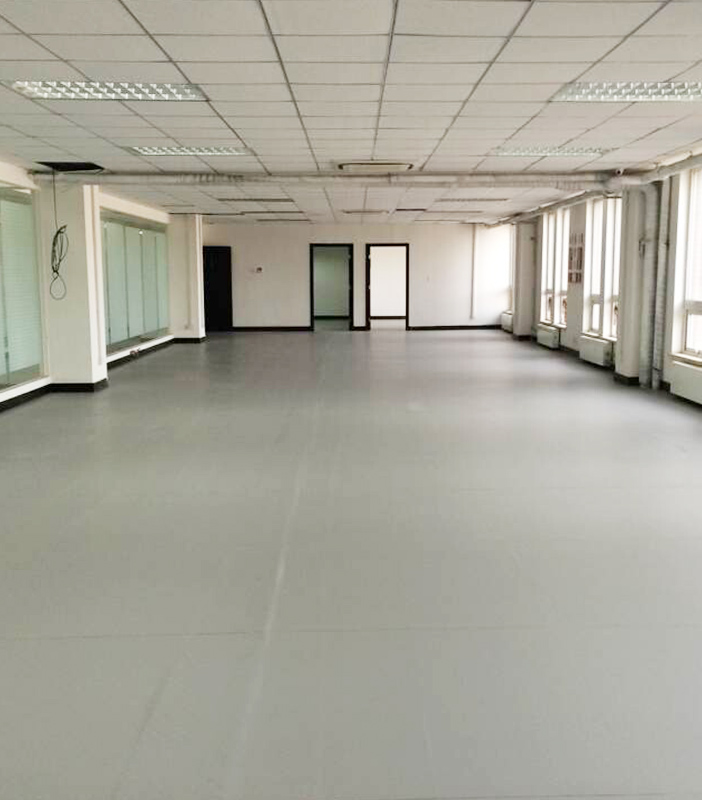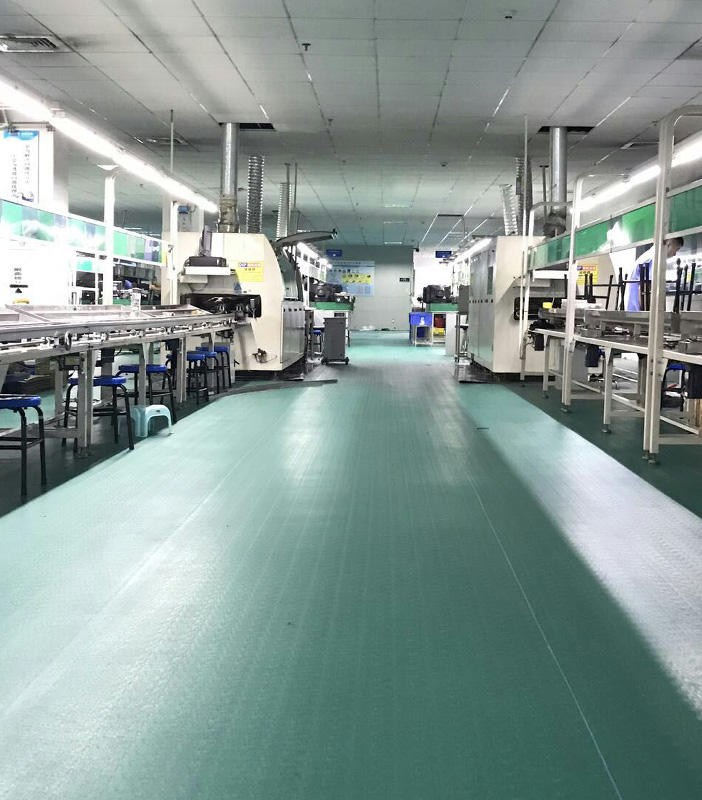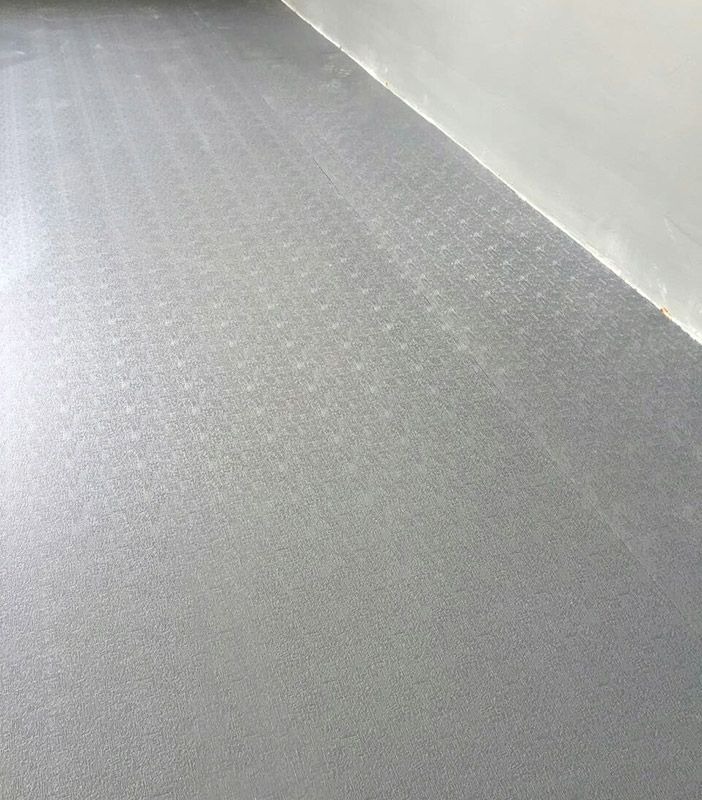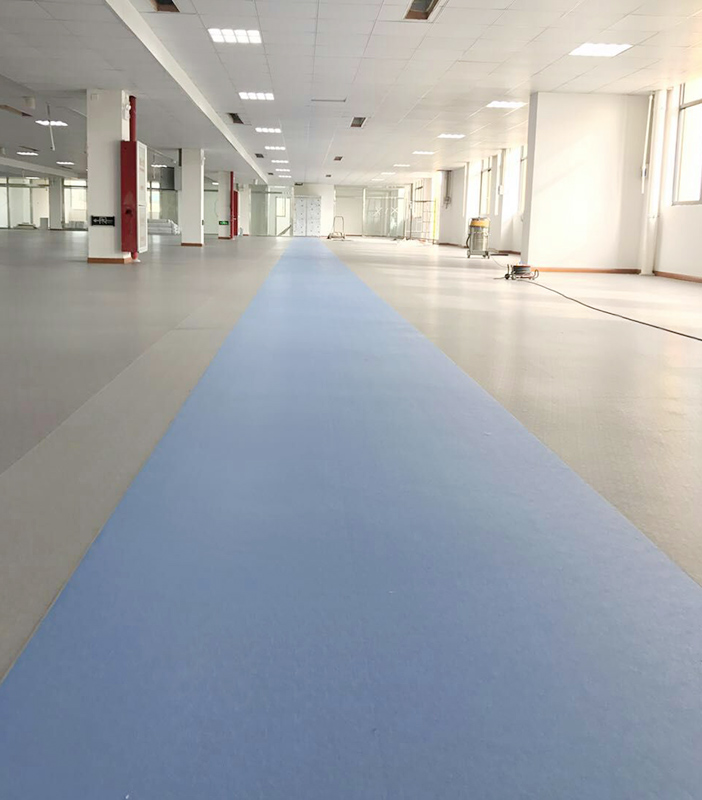Wholesale Anti Static Table Mat Factory Company in China
Anti-static table mats, also known as ESD (Electrostatic Discharge) mats, are specially designed surfaces that protect sensitive electronic components from static electricity. These mats are essential in environments where electronic assembly, repairs, or testing take place, as they help small the risk of damage caused by electrostatic discharge.
Anti-static table mats are crafted to create a safe, controlled environment for handling sensitive electronic components. They are typically made from layers of materials designed to dissipate static electricity, reducing the risk of static buildup and discharge. Key features of anti-static table mats include:
Surface Resistance: Anti-static mats have a controlled surface resistance, usually within the range of 1 x 10^6 to 1 x 10^9 ohms. This resistance level is carefully engineered to allow static charges to dissipate slowly and safely.
Two-Layer Design: more anti-static mats feature a dual-layer design, with a static-dissipative top layer and a conductive bottom layer. The top layer helps to reduce surface static, while the bottom layer provides grounding, ensuring the static charge is directed away safely.
Grounding Cord: A grounding cord is often included with anti-static table mats to connect the mat to a grounded point, enhancing its effectiveness in dissipating static electricity.
Durability and Chemical Resistance: Anti-static mats are made to withstand wear and tear, chemicals, and heat, making them suitable for use in demanding environments. The mats are resistant to oils, solvents, and other common chemicals found in electronic assembly areas.
Variety of Sizes and Colors: Anti-static mats are available in various sizes and colors, allowing for customization based on workspace needs. Common colors include blue, green, and grey, which help reduce glare and provide a comfortable working surface.
Anti-static table mats are used in various industries where static-sensitive devices are handled. Common applications include:
Electronics Manufacturing: In manufacturing facilities, anti-static mats are used on workbenches to protect electronic components during assembly, testing, and packaging. They help prevent damage to sensitive microchips, circuit boards, and other components.
Repair and Maintenance: Repair shops and service centers for electronics, such as computers, smartphones, and other consumer electronics, use anti-static mats to ensure that repairs are carried out in a static-free environment.
Laboratories and Testing Facilities: Labs that handle electronic testing and research employ anti-static mats to protect equipment and samples from static interference, ensuring accurate results.
Cleanrooms: In cleanroom environments, where controlled conditions are crucial, anti-static mats help maintain low static levels to protect sensitive equipment and prevent contamination.
Anti-static mats are made from materials designed to effectively control and dissipate static electricity. Common materials include:
Rubber: Rubber mats are popular due to their durability, flexibility, and resistance to chemicals. They provide static dissipation and are suitable for heavy-duty use.
Vinyl: Vinyl anti-static mats are lightweight and offer good chemical resistance. They are cost-effective and commonly used in environments with moderate static control requirements.
Elastomer: Elastomer mats are designed for high-performance static dissipation and provide resistance to wear and heat. These mats are often used in more demanding industrial applications.
Proper maintenance of anti-static table mats is essential to ensure their effectiveness and longevity. Regular cleaning with an anti-static cleaner is recommended to remove dust, dirt, and residues that can affect the mat’s performance. Avoid using regular cleaning agents, as they may leave conductive residues that can compromise the mat’s static-dissipative properties.
Inspection of grounding cords and connections should be performed periodically to ensure the mat is properly grounded. Replacing worn or damaged mats promptly is crucial to maintaining a safe work environment.
Anti-static table mats are a vital component in protecting electronic devices from electrostatic discharge. With their carefully engineered materials and grounding features, these mats provide a safe environment for handling sensitive components in various applications, from manufacturing to repair and testing.

 简体中文
简体中文 English
English España
España Deutsch
Deutsch




